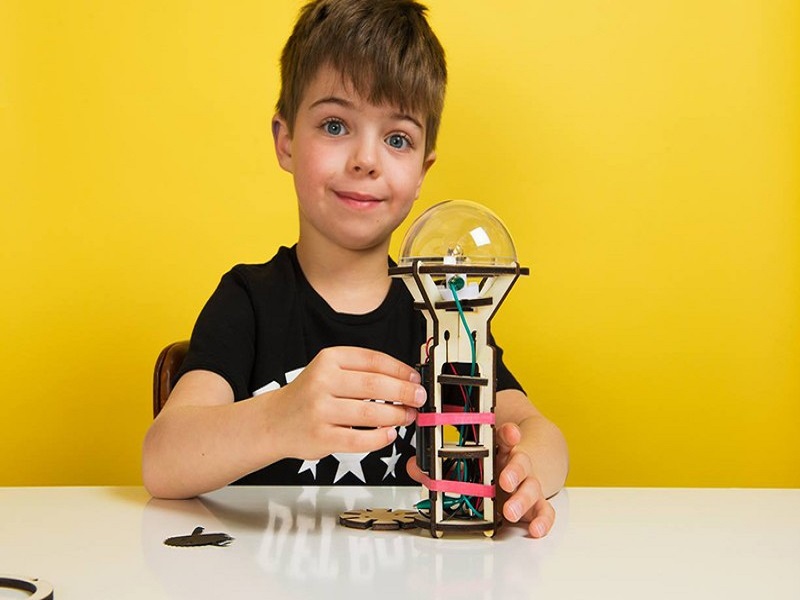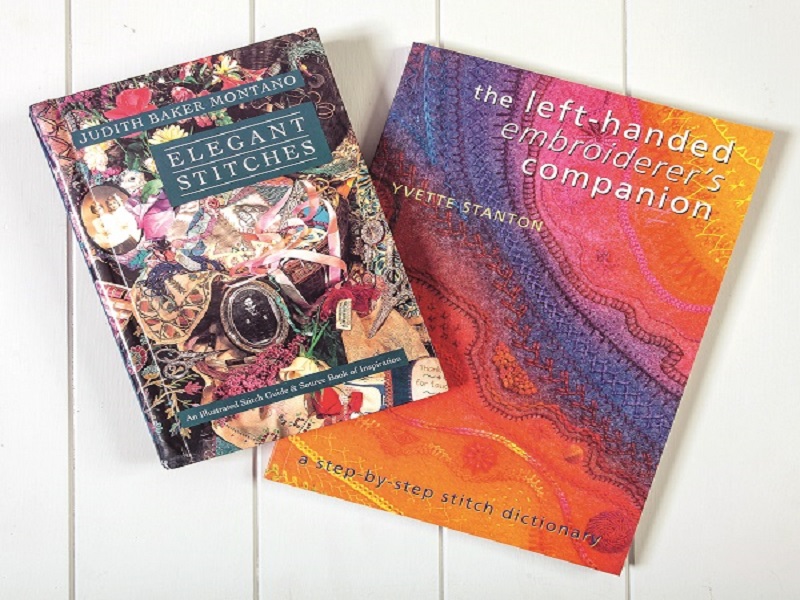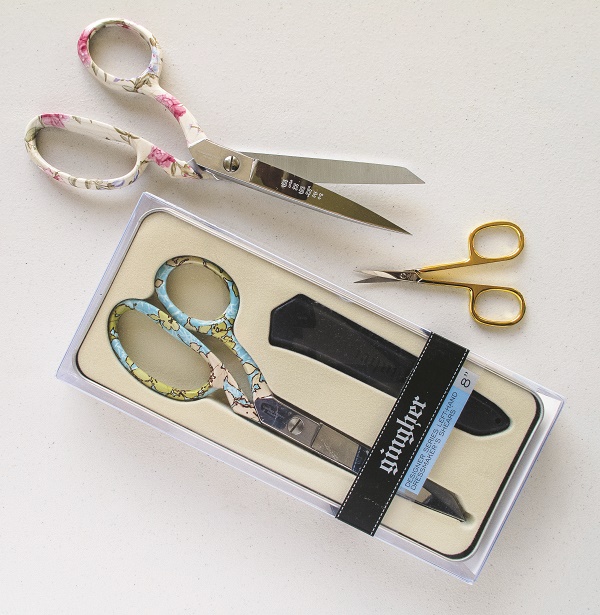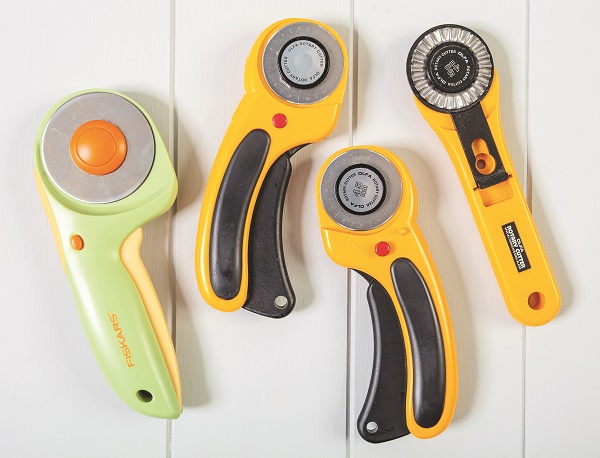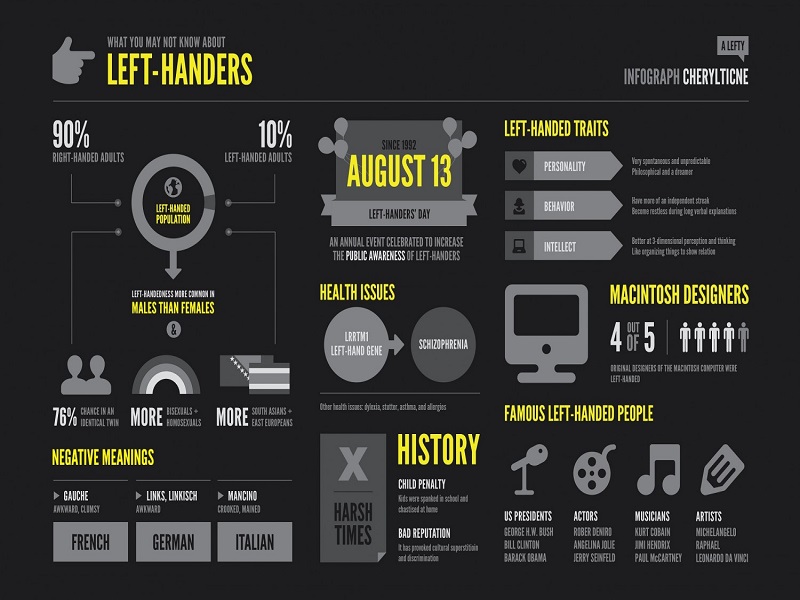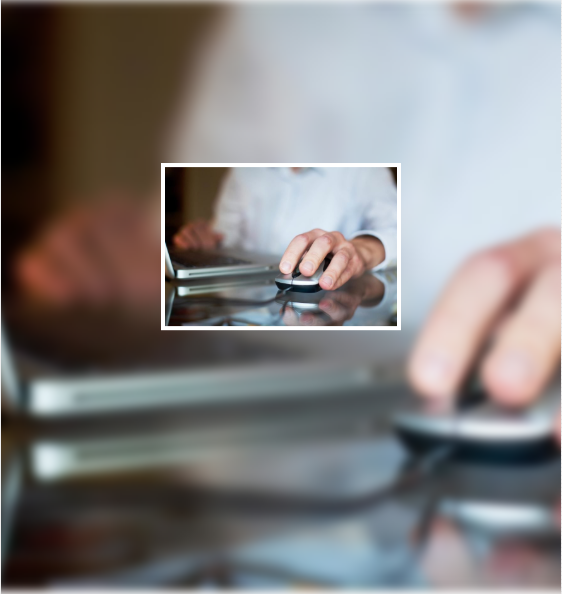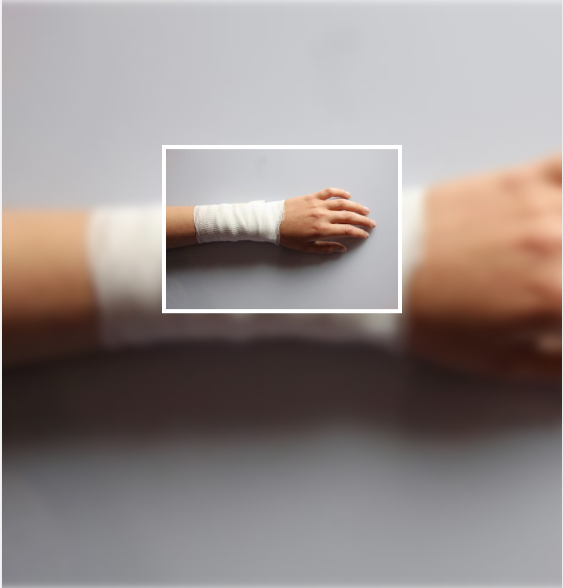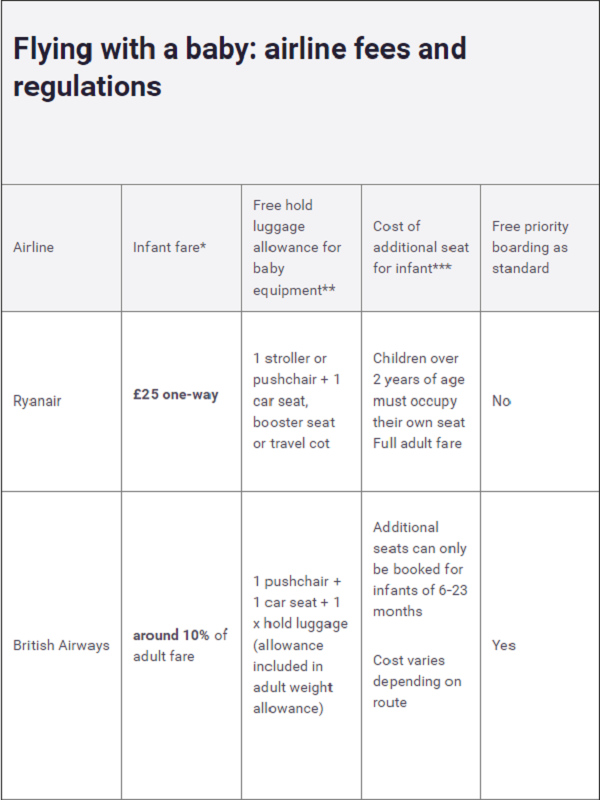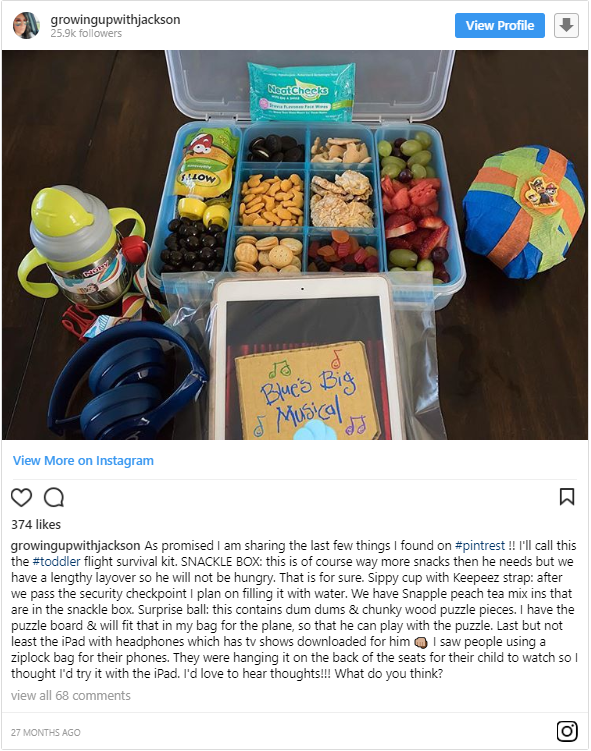via Inc.: Becoming a full-time inventor takes commitment. Most ideas-even great ones-just aren’t brought to market that quickly. Any inventor will tell you that it can sometimes feel as though you’re waiting and waiting.
But I think it’s worth it. After all these years, I still think of product development as having an element of magic. The joy I feel when an idea I dreamt up is actually brought to life is unparalleled. Thankfully, between the advent of new avenues to market like crowdfunding and the expansion of open innovation, becoming a full-time inventor is easier than it ever has been.
Living the licensing lifestyle has been incredibly rewarding. If you want it to be yours, follow these steps.
1. Don’t quit your day job just yet. First, you need to understand that product development happens relatively slowly. The fastest I have ever seen a product brought to market from initial conception is six months. Two years is a more realistic time frame. So the question becomes, how are going to support yourself during that time?
Chuck Lamprey quit his job in computer science to begin inventing full-time five years ago and has since brought five ideas to market. He cautions others against following his lead though, because he says he underestimated how long it would take him to start earning royalties.
“Ultimately, I was successful, but the runway was much longer than I anticipated,” Lamprey explained. “It took me a while to familiarize myself with the industry and to get to know people.”
The way Keith Mullin-an inventor who has brought dozens of SKUs to market via licensing-sees it, becoming a full-time inventor requires a willingness to make sacrifices.
“When I had a regular job,” he said, “I would invent on nights, weekends, and holidays.” That kind of dedication doesn’t leave much time for relationships or hobbies.
2. Find a mentor. There are a lot of resources available for inventors and entrepreneurs. You can find an inventors group. You can read books. (I’ve written a few!) But if you want to progress quickly, the best thing you can do is learn from someone who has been there. Having someone to run your questions by and help keep you focused is invaluable.
3. Consider joining a startup (particularly if you’re young). I learned more about business during the two years I worked at Worlds of Wonder in the mid ’80s than I have doing anything else. Because we were always short-staffed, I got to take part in projects I never would have been able to otherwise. It was like I was getting paid to learn.
4. Stick to one or two industries in particular. For the most part, the full-time inventors I know focus on depth rather breadth, which makes a lot of sense. Honing in on a few industries allows you to develop expertise and familiarity. The more you know about an industry, the more easily you will be able to identify opportunities for innovation. And if you keep submitting ideas to the same companies, they will begin to know you and respect you as a professional.
For example, all of the ideas Lamprey has licensed are for the pet industry. As a result, he’s developed a rapport with several companies. He thinks potential licensees look at submissions from inventors whose names they recognize more seriously.
“If a company doesn’t like my idea, I ask, ‘Can you think of another company that might?'” Lamprey said. “More often than not, the company provides me with a few names and even contact information.” Befriending other inventors who share his same interests has also been beneficial to him.
One way or another, successful inventors capitalize on the power of their relationships-and relationships take time.
5. Understand and embrace that licensing is a numbers game. Before he set out to become a full-timer, Mullin studied the professional inventors he knew and quickly observed that they all had multiple deals going on.
“There seemed to be a magic number, and that was six. Professional inventors seemed to have at least six royalty-producing licenses at any given time,” Mullin explained. “Sure, you hear stories about fantastic one-hit wonders-but those are rare.” He knew then that he was going to need to have many ideas.
6. Develop thick skin. You’re going to be told no. In fact, your ideas are going to be rejected over and over again. I like to joke that I could paper the walls of my home many times over with all of the rejection letters I have received. All of which is to say: You must learn not to take it personally. If you’re committed to becoming a professional, it’s more important than ever that you find a way to hold on to your creativity and love of wonder in the face of adversity.
7. Be persistent. As Lamprey put it, “Fail early and fail often.” If you want to become a professional, you must be able to abandon an idea that isn’t working out and quickly head back to the drawing board. Your goal is to test your ideas quickly, not let them linger for years.
“You can’t spend too much time or money on one idea,” he said. “If no one is interested, you need to move on. And that can be really hard, because our ideas become our babies. You don’t want to throw away your baby. But you have to be brutally honest with yourself.”
Mullin agreed that the challenge is having the staying power to break through the walls of resistance in doing something new.
I also want to add that you must do these things yourself. Be wary of any middleman who promises you success.
Do you have what it takes?



